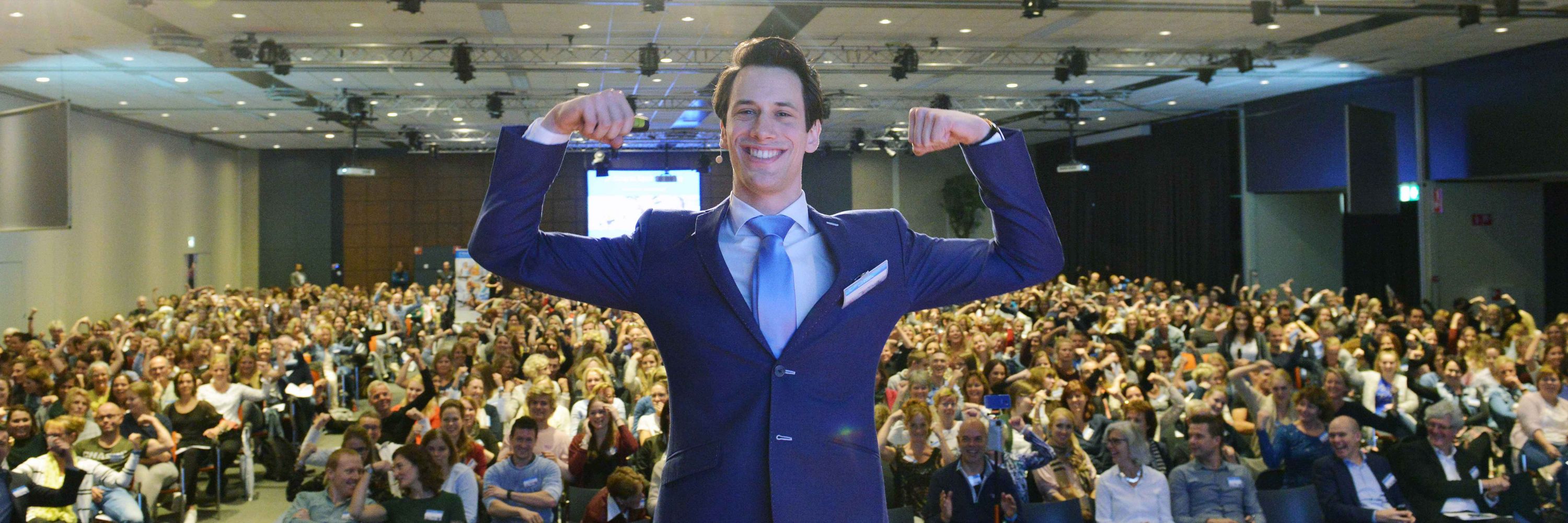
bsky.app/profile/jorn...
HIIT vs MICT
✅ Within-participant design
✅ Unilateral cycling model
✅ MPS over 2 weeks
Let’s break it down (1/10)

bsky.app/profile/jorn...
Open-access link:
journals.humankinetics.com/view/journal...
9/10

Open-access link:
journals.humankinetics.com/view/journal...
9/10
8/10

8/10
7/10

7/10
This aligns with long-term studies showing minimal impact of endurance exercise intensity on gains in fat-free mass.
6/10

This aligns with long-term studies showing minimal impact of endurance exercise intensity on gains in fat-free mass.
6/10
• Single-leg maximal workload and VO2peak improved with both HIIT and MICT.
• Myofibrillar protein synthesis did not differ between HIIT, MICT, or the control period.
5/10

• Single-leg maximal workload and VO2peak improved with both HIIT and MICT.
• Myofibrillar protein synthesis did not differ between HIIT, MICT, or the control period.
5/10
4/10

4/10
Myofibrillar protein synthesis rates were assessed, reflecting the synthesis of muscle contractile proteins.
3/10

Myofibrillar protein synthesis rates were assessed, reflecting the synthesis of muscle contractile proteins.
3/10
Interval training is often promoted as a time-efficient alternative to steady continuous cardio, and some claim it might even stimulate more muscle growth.
2/10

Interval training is often promoted as a time-efficient alternative to steady continuous cardio, and some claim it might even stimulate more muscle growth.
2/10
If you think others would benefit too, please like & repost the first tweet linked below.
bsky.app/profile/jorn...
Exercise participation and:
- Impact of education?
- Impact of concrete planning?
Let’s break it down!
1/x

If you think others would benefit too, please like & repost the first tweet linked below.
bsky.app/profile/jorn...
Study:
www.ncbi.nlm.nih.gov/pubmed/14596...
10/10

Study:
www.ncbi.nlm.nih.gov/pubmed/14596...
10/10
9/x

9/x
8/x

8/x
This study shows that information alone can increase motivation, but that this does not always lead to behavior change. Even motivated individuals may fail to act.
7/x

This study shows that information alone can increase motivation, but that this does not always lead to behavior change. Even motivated individuals may fail to act.
7/x
- Education combined with a planning task increased both motivation and actual exercise participation (91% of participants exercised at least once in the week following the intervention).
6/x

- Education combined with a planning task increased both motivation and actual exercise participation (91% of participants exercised at least once in the week following the intervention).
6/x
- Education alone increased the motivation to exercise but did not increase actual exercise participation; many participants reported being ‘too busy to exercise’.
5/x

- Education alone increased the motivation to exercise but did not increase actual exercise participation; many participants reported being ‘too busy to exercise’.
5/x
1. Control: reading a neutral text (first three paragraphs of a novel)
2. Motivation: reading a leaflet with information about the health benefits of exercise
3. Planning: received the same leaflet plus completed a planning task specifying what, when, and where to exercise
4/x

1. Control: reading a neutral text (first three paragraphs of a novel)
2. Motivation: reading a leaflet with information about the health benefits of exercise
3. Planning: received the same leaflet plus completed a planning task specifying what, when, and where to exercise
4/x
3/x

3/x
2/x

2/x
If you think others would benefit too, please like & repost the first tweet linked below.
bsky.app/profile/jorn...
Large RCT investigating the impact of sweeteners on:
- weight loss
- cardiometabolic health
- gut health
Let’s break it down!
1/x

If you think others would benefit too, please like & repost the first tweet linked below.
bsky.app/profile/jorn...
Sweeteners can support long-term weight loss maintenance and may beneficially impact gut health.
Link to study:
pmc.ncbi.nlm.nih.gov/articles/PMC...
11/11

Sweeteners can support long-term weight loss maintenance and may beneficially impact gut health.
Link to study:
pmc.ncbi.nlm.nih.gov/articles/PMC...
11/11
10/x

10/x

